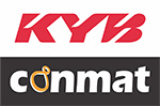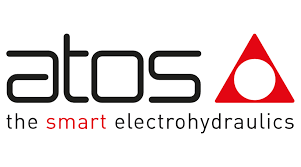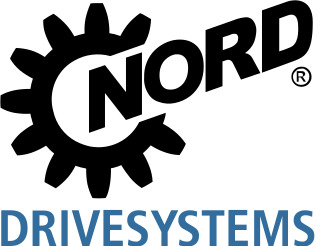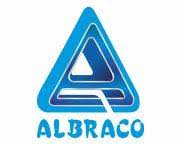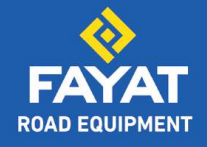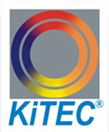Smart fluid tech propels eco-building wave in India
By Staff Report | April 17, 2025 6:08 pm SHARE

Advanced pumps and valves are trimming downtime by nearly 20 percent and energy costs by 15 percent in India’s construction boom, a sector tied to 13 percent of GDP. As sustainability takes centre stage, these tools reshape growth under the $1.4 trillion National Infrastructure Pipeline.
An underground water management system driven by advanced pumps and valves in a Chennai metro project made a breakthrough in early 2025, reducing downtime by almost a fifth and energy costs by 15 percent. This demonstrates how India’s building sector embraces sustainability through more intelligent fluid management. For a sector tasked with ethical development, pumps and valves are becoming environmentally beneficial options for anything from metro tunnels to tall skyscrapers. These developments demonstrate that green techniques can maintain project flow, as building accounts for 13 percent of India’s GDP and is expanding at 7 percent to 8 percent per year.
The pumps and valves market is surging in step. The industrial pumps sector is projected to hit $1.23 billion by 2030, with a CAGR of 4.8 percent from 2025, while valves, valued at $3.74 billion in 2024, are expected to grow at 7.5 percent -7.9 percent through the decade. Construction drives over 25 percent of this demand, propelled by the $1.4 trillion National Infrastructure Pipeline (NIP) and initiatives like the Smart Cities Mission. As sustainability becomes a priority, companies deliver tools that save energy, cut emissions, and enhance reliability.
When efficiency meets innovation
One important player that combines eco-design and technology is WIKA India. “Integrating our digital pressure gauges with IoT systems allows for remote monitoring and predictive maintenance, reducing downtime and maintenance costs,” says Gaurav Bawa, Senior Vice President of WIKA India. Their late-2024 lineup tracks pump performance in real-time, including diaphragm seals and electronic pressure transmitters. These instruments prevented a failure that might have delayed tunnelling on the aforementioned Chennai metro site by detecting a pressure rise early.
Roto Pumps Ltd augments this wave. According to Vinay Kumar Dhar, vice president of Roto Pumps, “the way we approach pumps is being revolutionised by the integration of smart technologies.” Roto Pumps is creating smart pumps with sensors, IoT, and data analytics for cost savings, real-time monitoring, and predictive maintenance. Their progressive cavity pumps are promised similar benefits, which are currently being tested with IoT characteristics. According to September 2024 data, WIKA’s technologies reduce power use by 10 percent –15 percent, which equates to a yearly savings of 5,000 kWh for a mid-sized HVAC system. Roto’s emphasis on simplified hydraulics suggests even greater efficiency benefits, while their smart valves reduced energy expenses by 12 percent in a Mumbai high-rise in February 2025.
Solar pumps: A rural-to-urban shift
Solar-powered pumps are also becoming more popular. By March 2025, 80,000 installations had been made under the PM-KUSUM project, much of which supported rural areas’ dewatering and water supply development. A leader in this space, Shakti Pumps, had a 25 percent increase in stock price in Q1 2025 due to a surge in demand. According to company estimates, these pumps are perfect for isolated locations without dependable grids since they reduce diesel use by up to 90 percent.
According to industry feedback, an affordable housing project near Jaipur reported a 12 percent cost drop in Q1 2025 using solar pumps for concrete mixing. The pumps are clean and quiet, delivering steady flow without generator noise. With construction consuming 30 percent of India’s water (NITI Aayog), solar pumps meet stricter regulations, offering a practical green fix.
Precision with a purpose
The valves are also evolving. “Electronic pressure transmitters provide accurate valve position feedback, allowing for more precise control over valve opening and closure,” Bawa explains. WIKA’s Bourdon tube pressure gauges and flow meters, designed for positive displacement pumps, ensure tight control in wastewater and HVAC systems. In a Delhi metro station’s sewage network, these valves reduced water loss by 18% in February 2025, thanks to corrosion-resistant builds.
Roto Pumps takes a direct approach to durability. They fight rust, a big issue in humid coastal constructions, with tungsten carbide coatings, duplexes, and stainless steel. Progress is also indicated by Flowserve’s 2024 LNG cryogenic pump technology acquisition, with early 2025 Bengaluru trials increasing cooling efficiency by 10 percent. As urban projects expand under India’s green building initiative, these valves are essential for maximising flow and reducing waste.
Trends driving change
Policy is driving this transformation. In January 2025, the Ministry of Housing and Urban Affairs enforced stricter green norms, making energy-efficient systems mandatory in public projects. The Bureau of Indian Standards (BIS) followed suit, raising the bar for eco-compliance. On the innovation front, Kirloskar Brothers introduced IoT-enabled centrifugal pumps in December 2024, with early tests showing a 15 percent reduction in dewatering energy use. Meanwhile, Grundfos expanded its Tamil Nadu facility in early 2025 to focus on solar-integrated pumps, tapping into the construction sector’s rapid growth.
According to March 2025 research by the Construction Industry Development Council projects like Mumbai’s metro have increased demand for energy-efficient pumps by 10 percent. Although the price of steel increased by 10 percent in the first quarter of 2025, Roto’s lean manufacturing and supply chain strategies—buffer stockpiles and alternative materials—keep costs under control. Construction is changing due to sustainability, and pumps and valves are at the forefront.
Challenges in the flow
There are challenges along the way. Budgets for smaller contractors are strained by the high upfront costs of smart systems, such as those from WIKA and Roto, which are 20 percent more expensive than traditional installations. Per industry statistics, steel prices increased by 10 percent in the first quarter of 2025, and stainless steel grades used in corrosion-resistant designs spiked even higher, sometimes by 12 percent. According to statistics from WIKA, pumps that run off their Best Efficiency Point (BEP) waste up to 25 percent more electricity, a common problem in building projects with tight deadlines.
Corrosion and vibration remain persistent threats, especially in coastal projects. A 2024 study by the Indian Pump Manufacturers’ Association found that corrosion-related pump failures cost coastal builders $50 million annually, with maintenance expenses rising 15 percent year-on-year. Low-cost import competition increases pressure. Despite 90 percent local pump production, trade data shows that 10 percent of the market was inundated with Chinese valves in 2024, posing a challenge to domestic manufacturers. According to a January 2025 industry poll, certification procedures raise production costs by 5 percent -8 percent. Costs are also increased by adhering to BIS and green standards. Skill gaps further complicate adoption; smart technology requires skilled operators, yet deployment is slowed by 30 percent of construction teams lacking IoT system training.
Solutions pumping through
Solutions are coming. In certain states, PM-KUSUM subsidies cover 30 percent to 40 percent of the cost of solar pumps. Roto and WIKA provide training; according to user feedback, Roto’s spare parts inventory and local engineers reduce downtime by 10 percent. Roto’s superior materials and coatings prolong pump life, while Grundfos’ local procurement stabilises material costs. As both companies promote, predictive maintenance and routine calibration keep systems operating efficiently, reducing the need for repairs and energy.
With installation assistance and international service teams, Roto’s after-sales support is also excellent. Their prompt maintenance kept the pumps operational, preventing a week-long delay for a commercial building in Hyderabad in early 2025. These initiatives ensure sustainability continues after installation.
Cookie Consent
We use cookies to personalize your experience. By continuing to visit this website you agree to our Terms & Conditions, Privacy Policy and Cookie Policy.





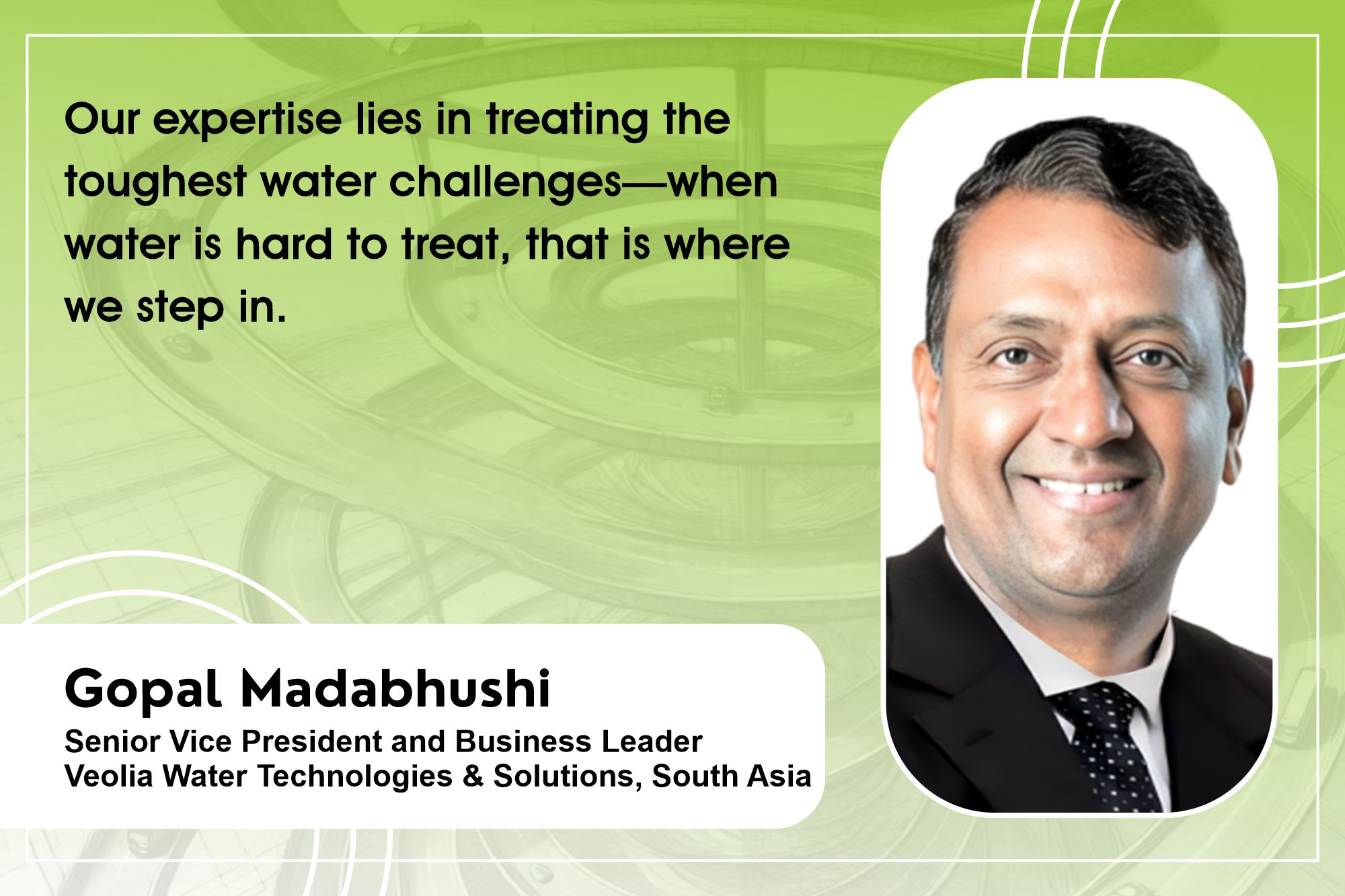
















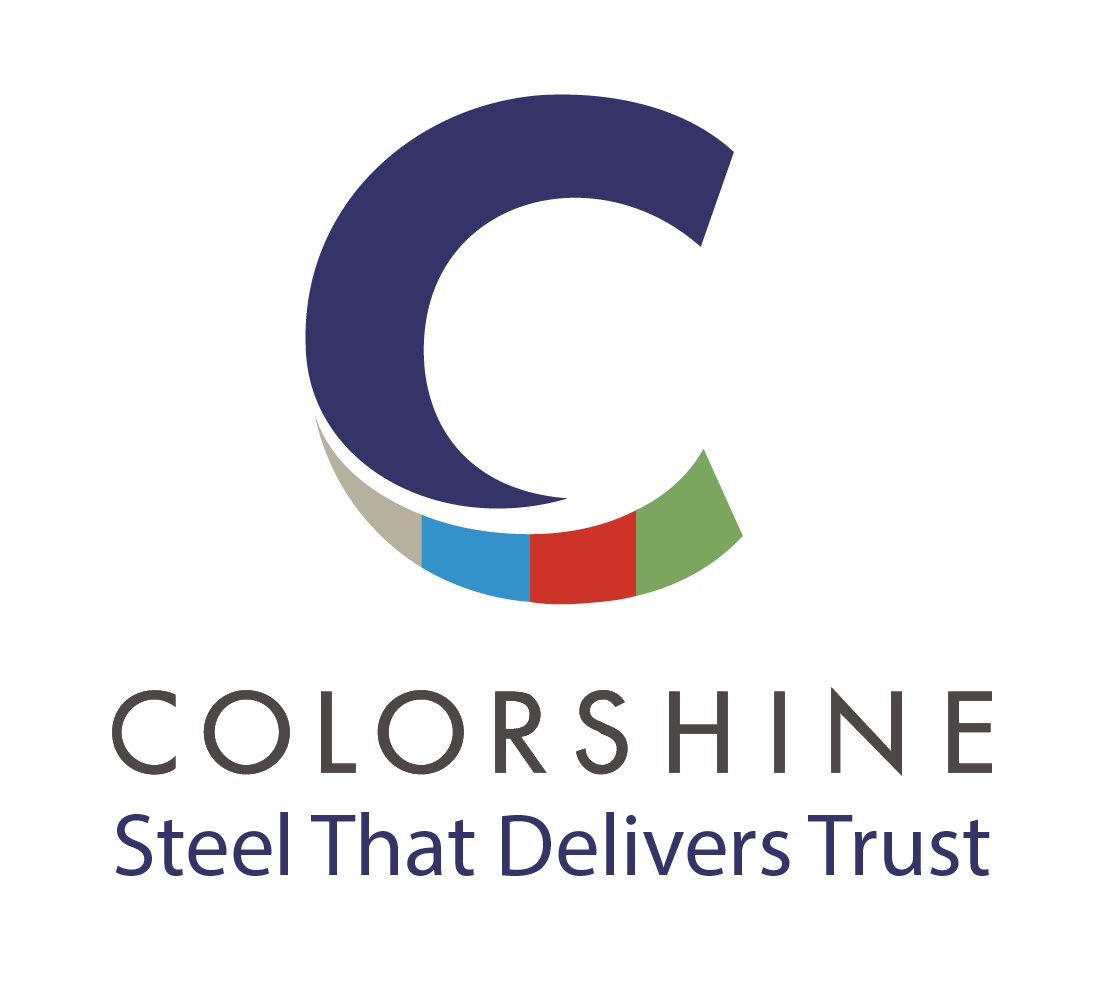









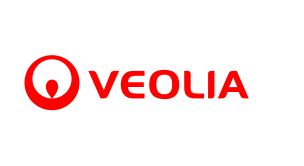

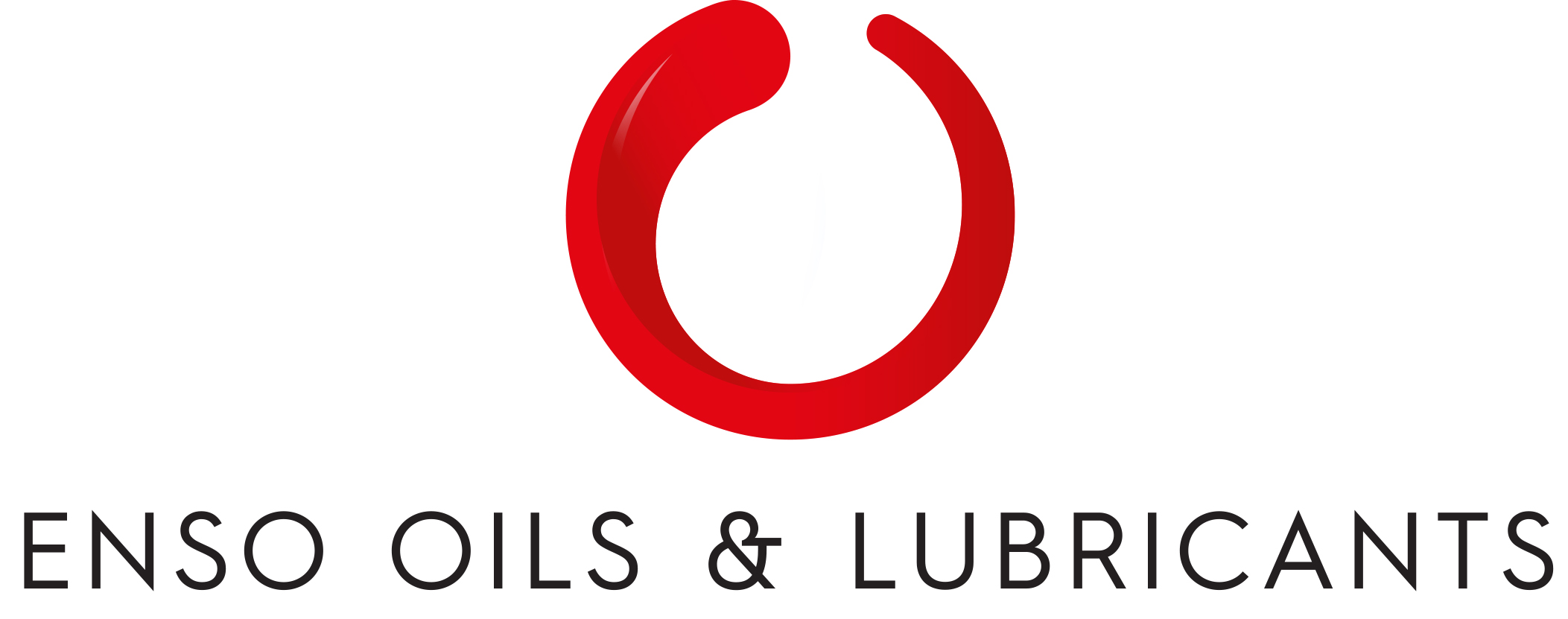


-20240213125207.png)

